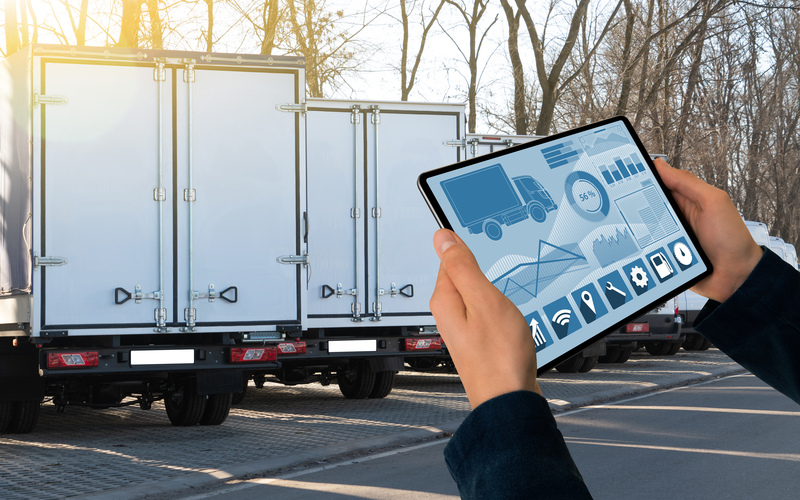Sourcing and Procurement
Evolving Automation at Meetings & Events
There been a lot of technological developments in business travel over the past decade, enabling corporations to automate the end-to-end process. But what about leveraging automation at meetings & events (M&E)? Meetings and events related sourcing process is automated for some time with many dedicated sourcing platforms, but there are clear signs that this space is attracting investors who are pouring money into technology developments. All said and done, where are the gaps in automation and which areas are currently under focus?
The scenario of conducting meetings and events is changing. Organizers are diverting from traditional meeting room layouts to sofas, fatboys (special pillows for relaxed seating) or even standing meetings. Unique venues are coming into the game. It is not at all rare to see events taking place on race tracks, military compounds or even kids entertainment centers. Have you ever seen seasoned managers enjoying slides, carts or jumping parks? And new technology is coming along with these changes.
Data gathering used to be massive pain point for majority of the travel managers, who had to spend a lot of time in manually pulling out relevant data from various sources in order to keep a good view of what is going on. Currently there are multiple solutions enabling systematic data collection across multiple events. This enables companies to compare and analyze multiple events together and against each other. Here, we are not talking only about traditional M&E sourcing-related metrics such as savings against the first offer, average price per attendee, contracting history, etc.
Marketing departments are keen to see what people do at their events, who they interact with, which sessions they attend, which booths they visit and how long they stay. This should ideally be linked with the sales pipeline enabling proper event ROI calculations.
Measurement of on-ground attendee experience and engagement has started with polls and other gamification distributed via meeting apps. The drawback is that these solutions do not provide a full picture as not all participants would download and use the meeting app. Later on meetings-specific content started to appear on the social media platforms which had positive effect on the visibility.
However, good results were achieved only after introduction of smart badges and RFID-enabled floor mats. These technologies enable organizers to see the real time data with heat maps and hang times, using which - they can influence attendee experience. E.g. automated distribution of session materials, in case attendee registered for the session has missed the same, modification of F&B arrangements in case a session goes longer and so on.
Another area where recent automation contributed to massive reduction of cycle times is registration. Registration, traditionally manual, is going digital with tablets and experience is not much different from an airline or hotel check-in kiosks.
Next area which should not be omitted is the booking part of the cycle. Meeting organizers insist on easing the booking process for meetings. Traditional ~6 weeks long RFP process is absolutely obsolete. Organizers are booking the space later and keep looking for the solution enabling booking experience not much different from transient travel. Small meetings are the priority area to be covered.
Solutions are being developed, however just few offer instant confirmations. Integration with hotel sales systems is viable to make instant confirmations possible. Especially for the meetings with overnight stays, there is certainly a space for further development. As you can see the developments are massive and fast-paced and I am curious to see what I am going to experience at my next event.






